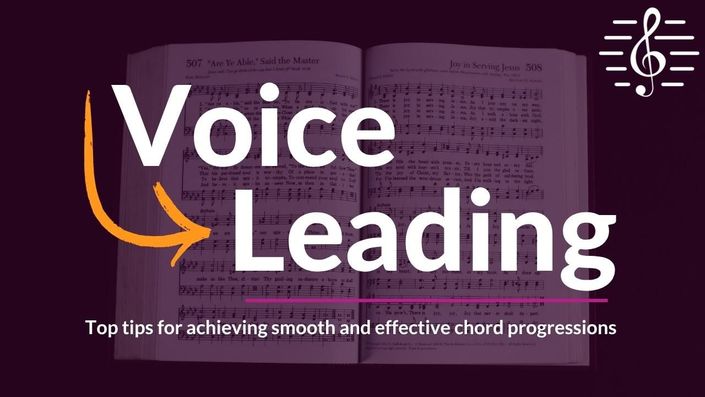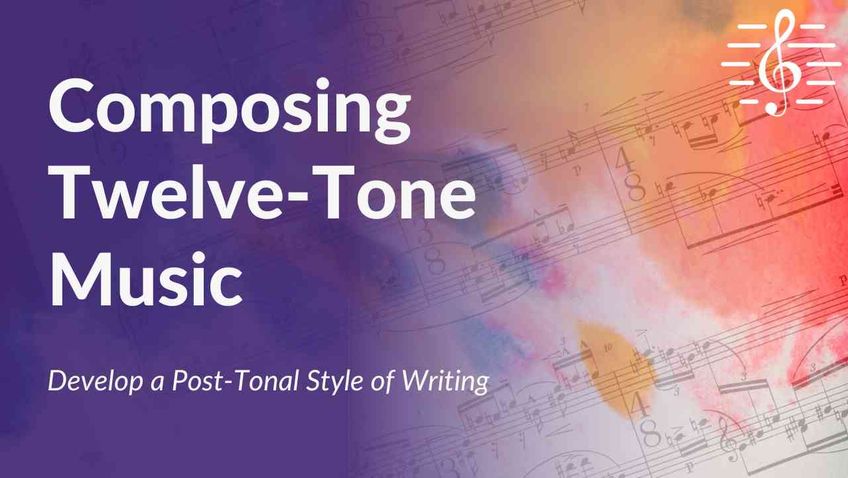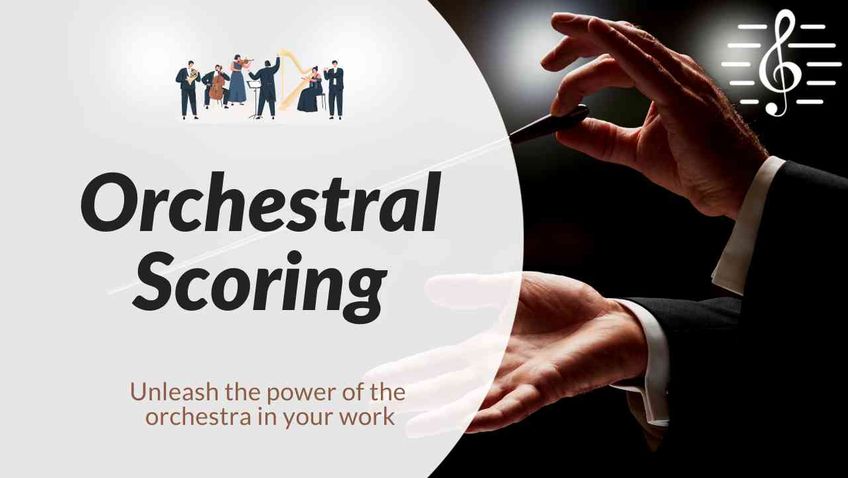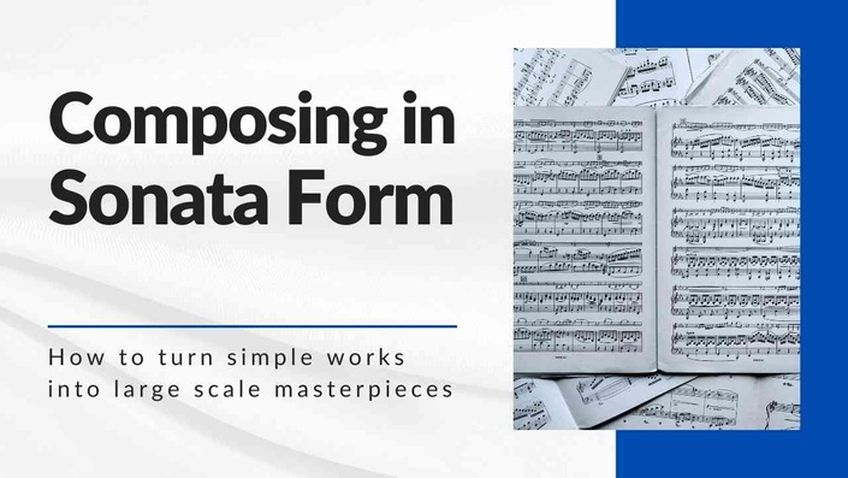
Voice Leading
Learn how to write better chord progressions by guiding individual melodic parts from one chord to the next.
In certain progressions there are good reasons why one or more voices need to progress in particular ways. This is called voice leading. During this course you will be introduced to some of the key concepts dictating voice leading, focusing on how to write musically convincing and technically sound parts. You’ll learn how to use similar motion effectively, avoid awkward leaps and maintain melodic identity in each line. The course also covers essential techniques such as spacing in four-part writing, choosing which notes to double, and avoiding pitfalls like parallel fifths and octaves. You’ll gain confidence in resolving dominant 7ths and suspensions, using common and neighboring tones, and ensuring stability and clarity across all voices.
Your Instructor

Hi, I’m Gareth and I'm passionate about developing ‘the all round musician’.
Over 35 years of music examining with ABRSM, work with the BBC on Radio and TV, experience on the international concert platform, as a published composer and arranger, have brought rich resources to the 40 years of teaching in which I've engaged.
Scholarships at The Royal College of Music, Oxford University and St. Paul’s Cathedral gave me fantastic opportunities to learn from the best musicians, scholars and teachers. Working as Director of Music at Queen Elizabeth Grammar School then provided a wonderful opportunity to develop my teaching skills.
Teaching individuals and groups of all ages, and at all stages of development have refined a teaching approach that I hope is fun and engaging, and focused on explaining things clearly and logically. And that is what these courses are all about - understanding the basic principles with clarity, then going deeper, applying them to your musical life and liberating yourself as a musician.
It’s a rich and amazing journey, and I can’t wait for you to join me today!
Course Curriculum
-
PreviewLesson 1 - How to Write in Parallel, Contrary, Oblique and Similar Motion (5:15)
-
StartLesson 2 - How to Avoid Large Leaps in Middle Voices (5:57)
-
StartLesson 3 - Balancing Leaps with Steps (5:30)
-
StartLesson 4 - How to Organise Gaps Between Voices (8:00)
-
StartLesson 5 - Doubling Notes (8:59)
-
StartLesson 6 - Avoiding Parallel Fifths and Octaves (11:40)
-
StartLesson 7 - Resolving Dominant Sevenths (11:15)
-
StartLesson 8 - How to Prepare, Sound and Resolve Suspensions (10:10)
-
StartLesson 9 - How to Avoid Crossing Parts (6:44)
-
StartLesson 10 - Achieving Stability in the Inner Voices (5:44)
-
StartLesson 11 - Achieving Melodic Identity in Each Part (6:56)
-
StartLesson 12 - How to Use Common Notes and Neighbouring Notes in Chord Progressions (7:25)




